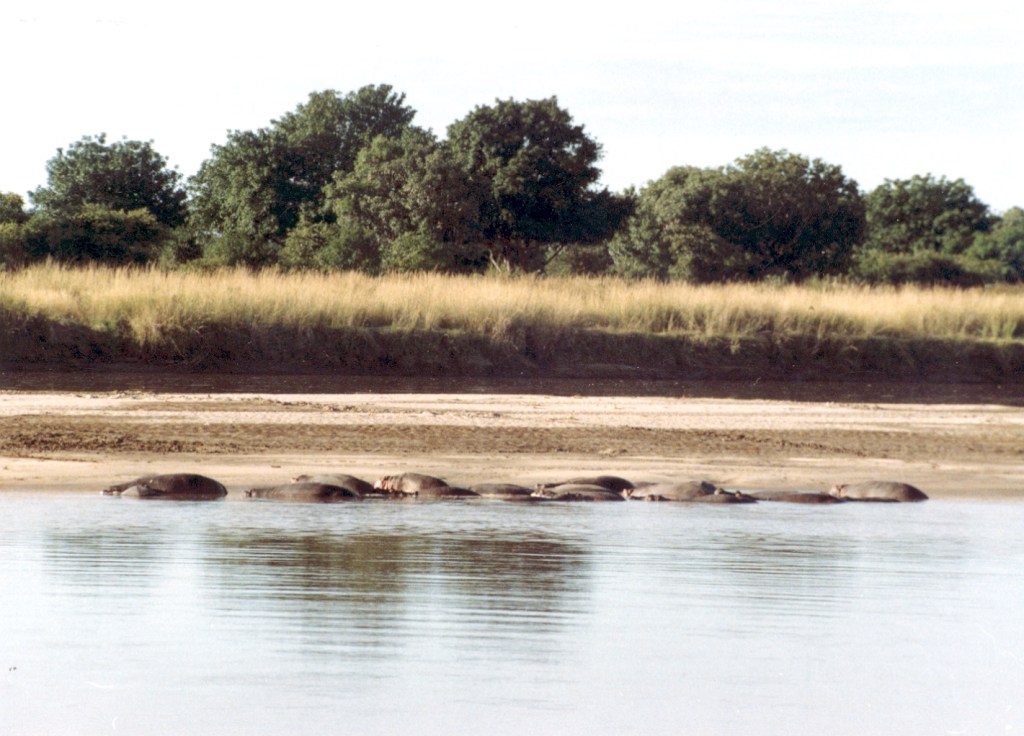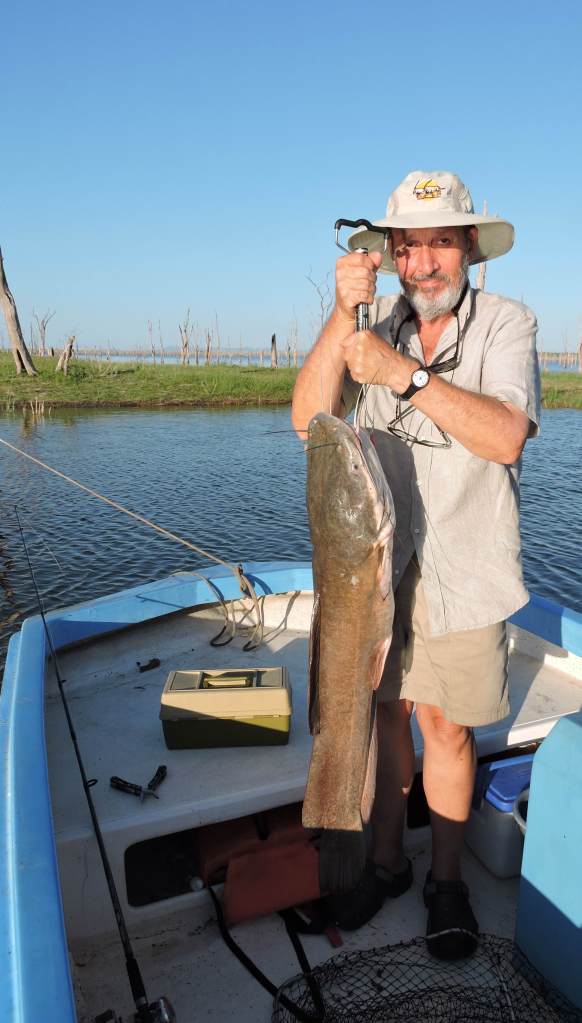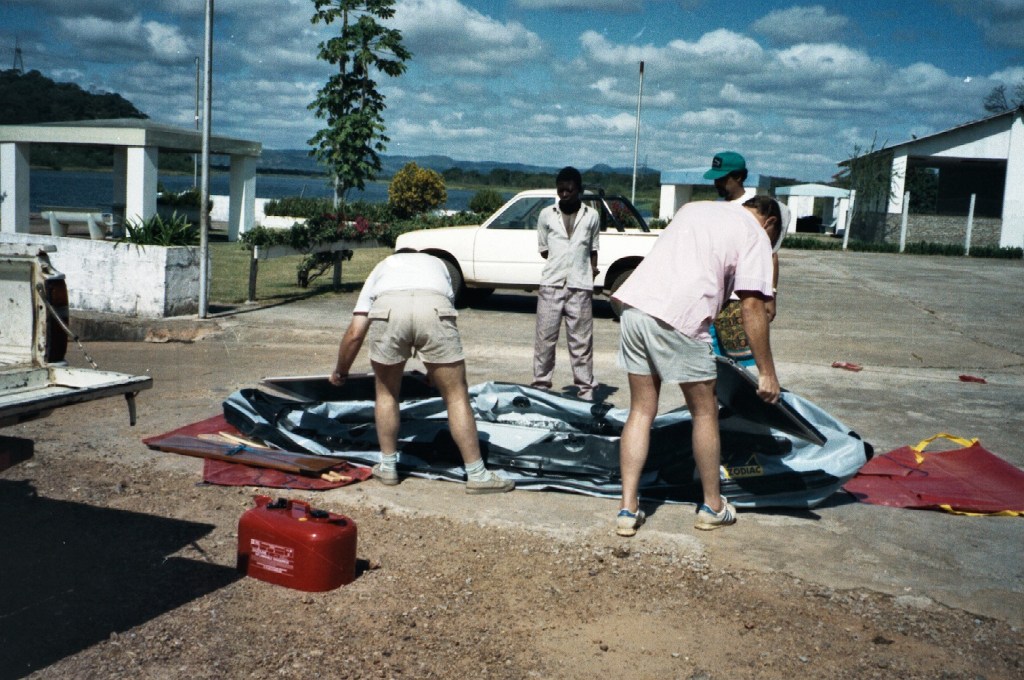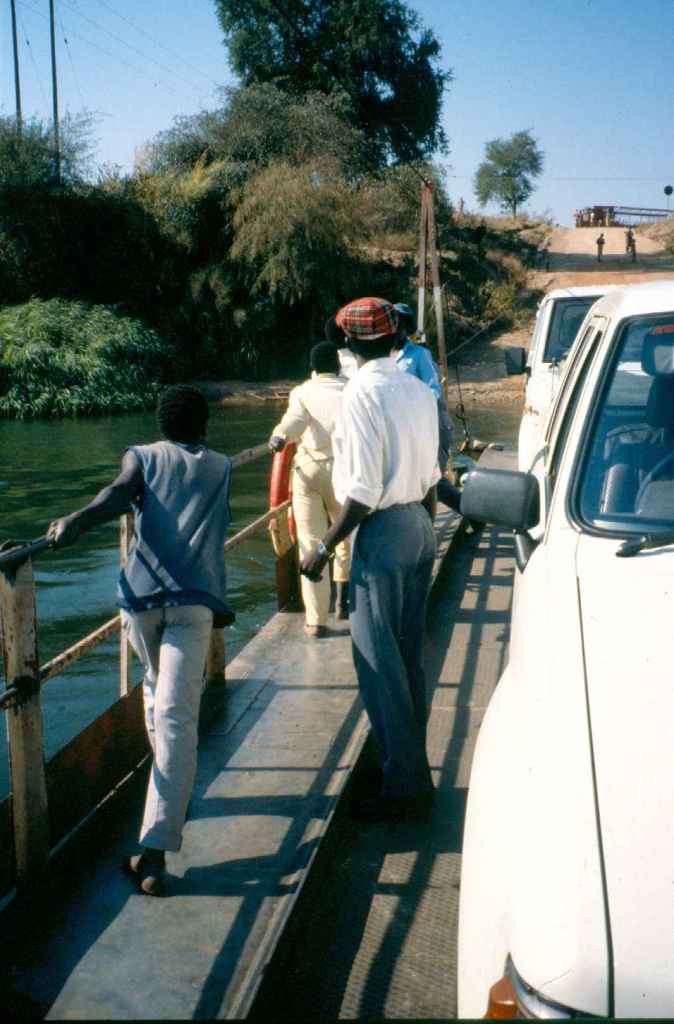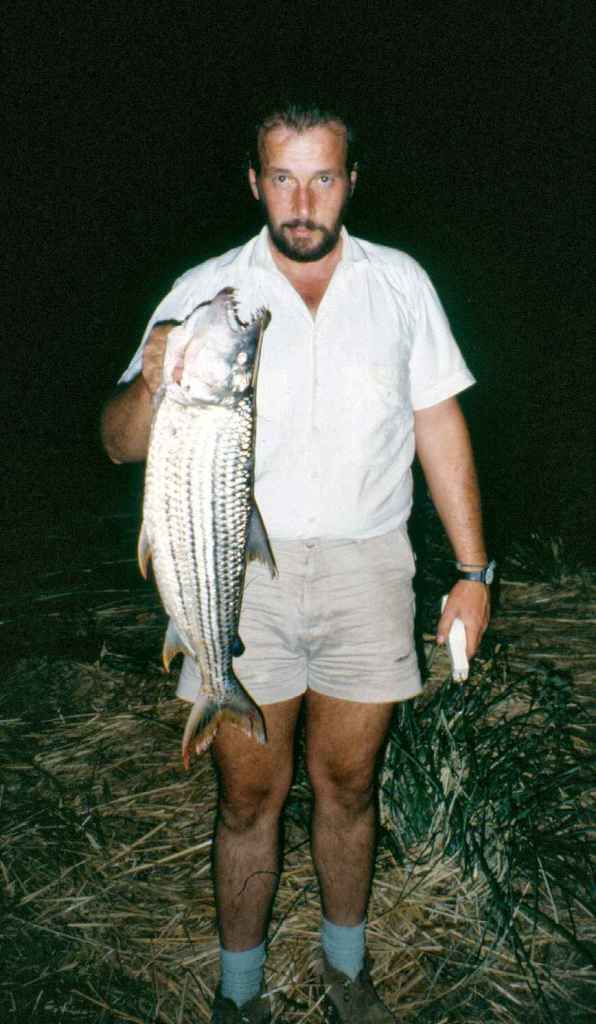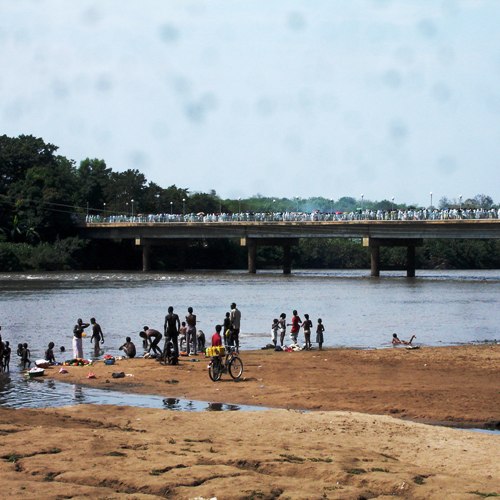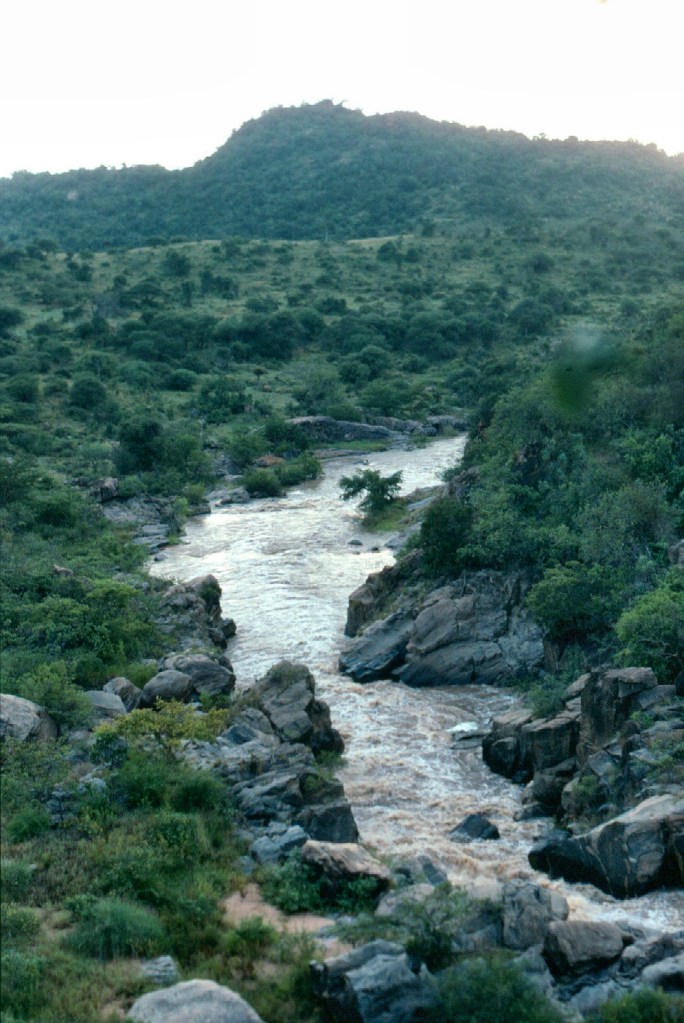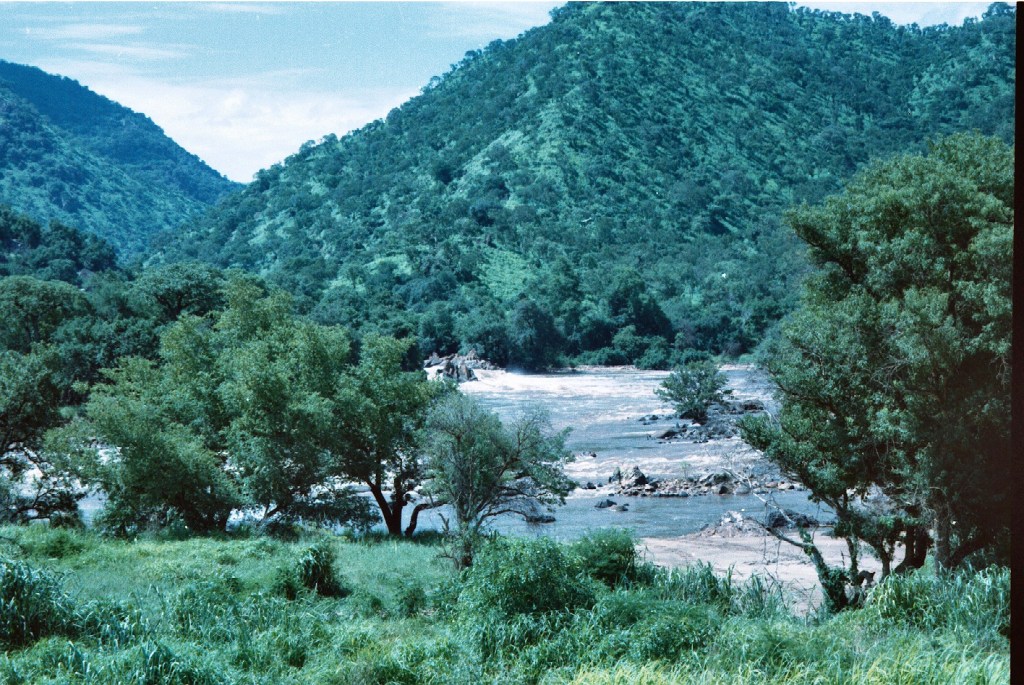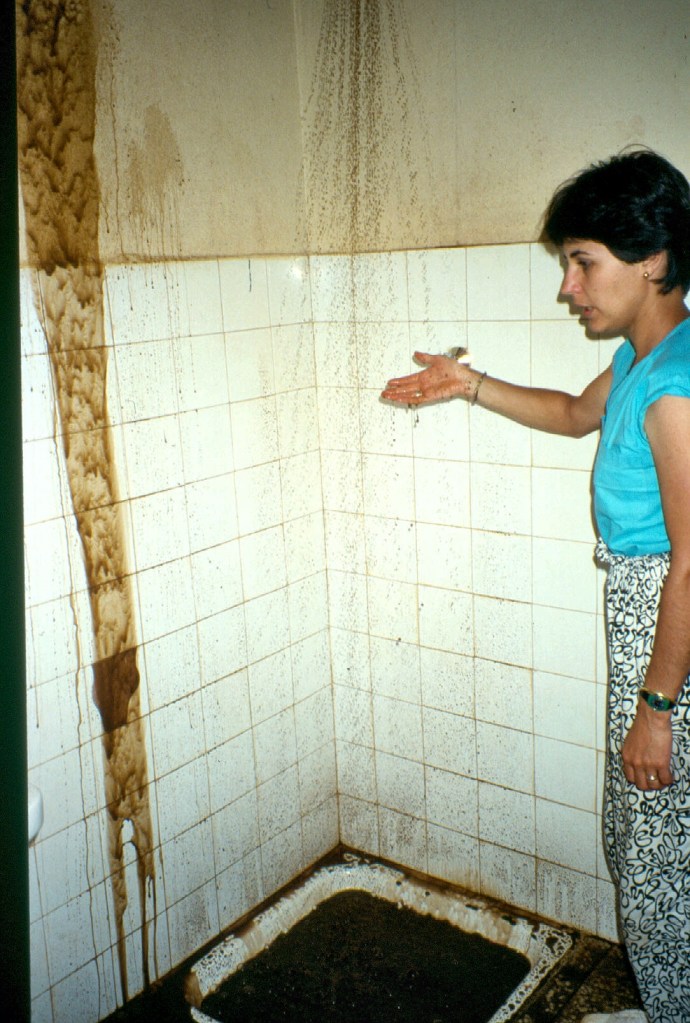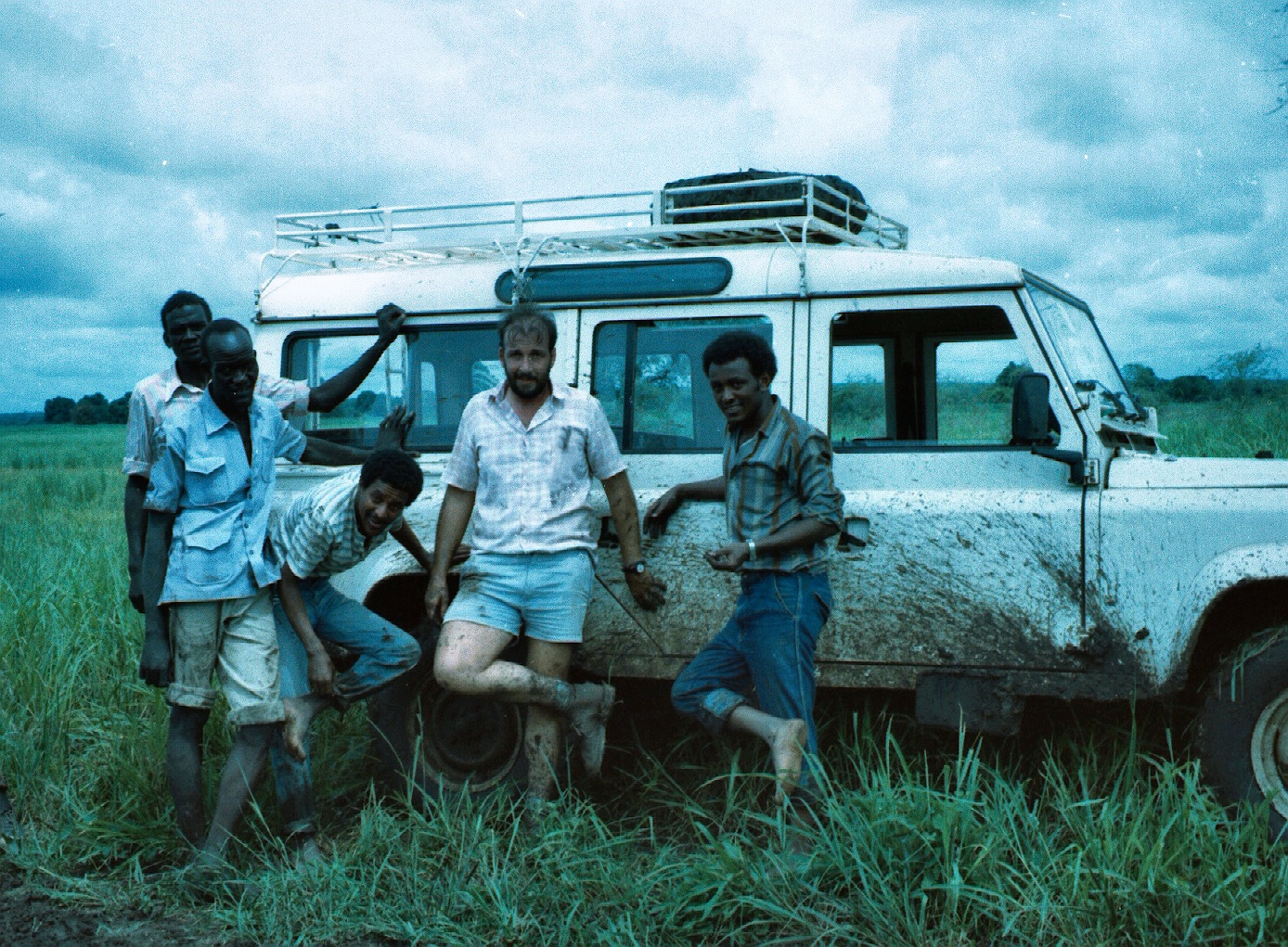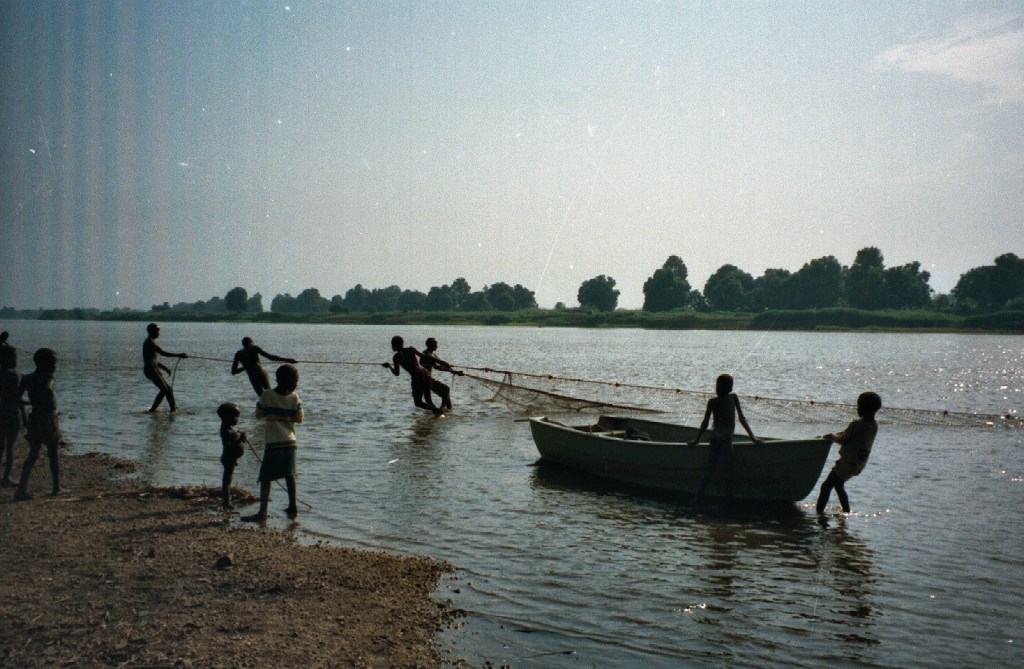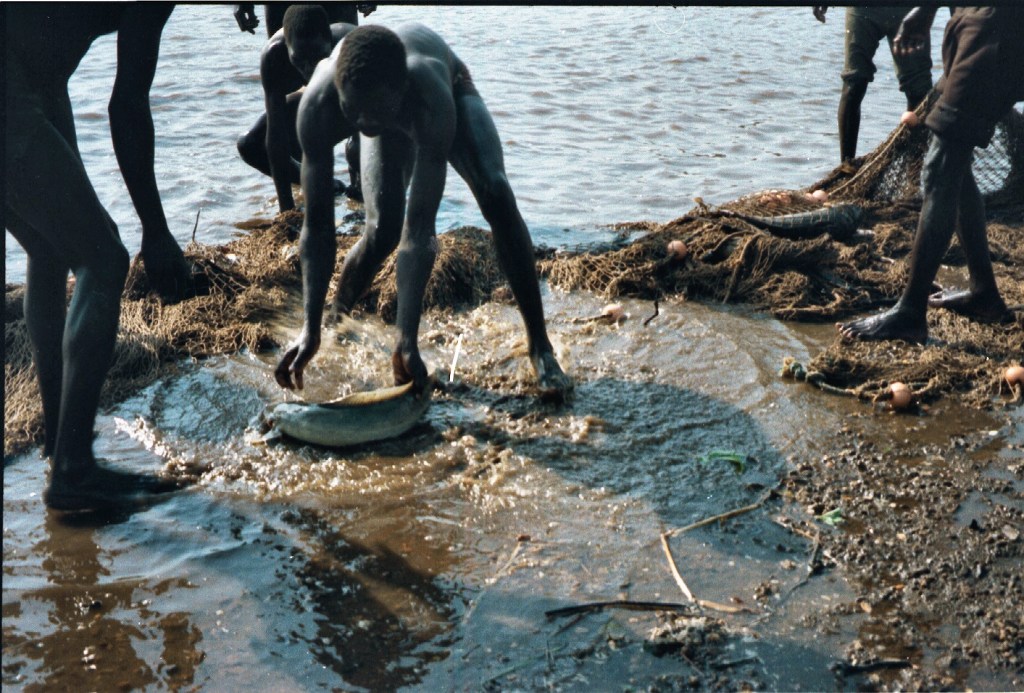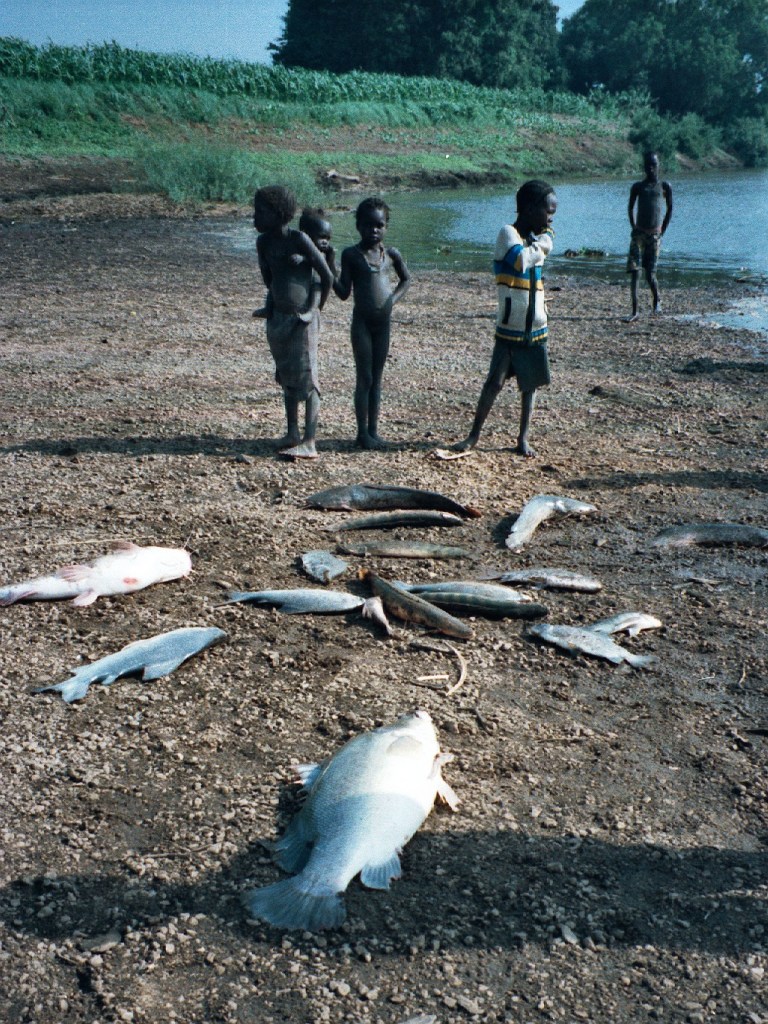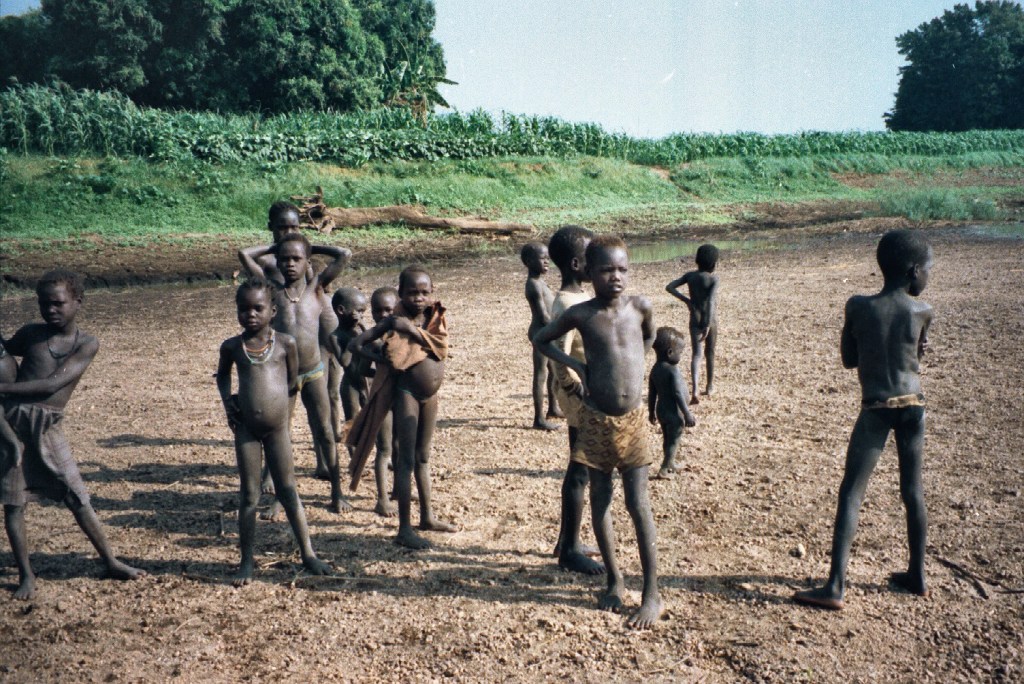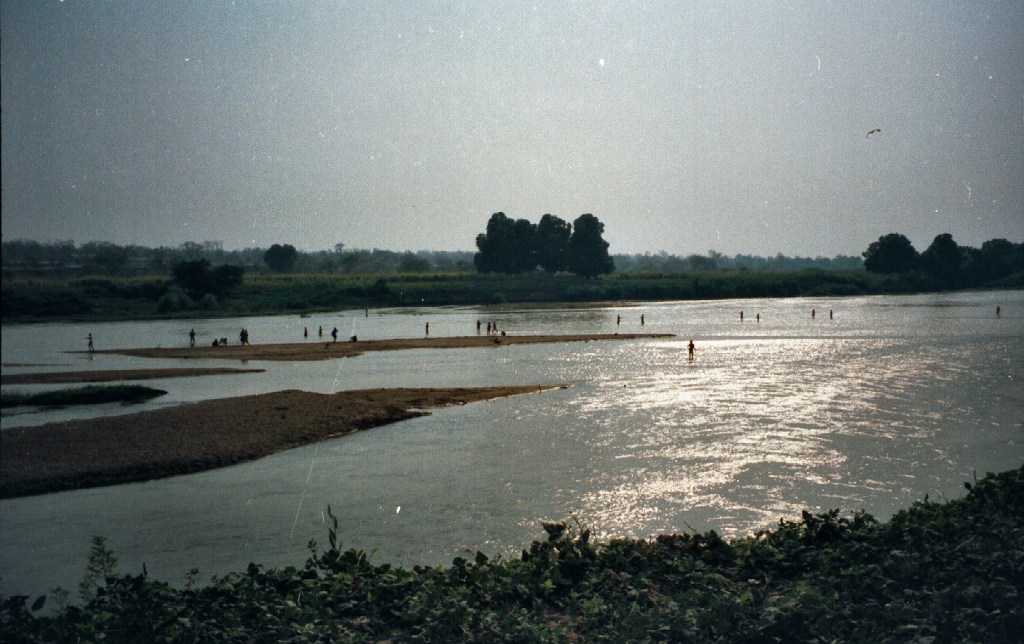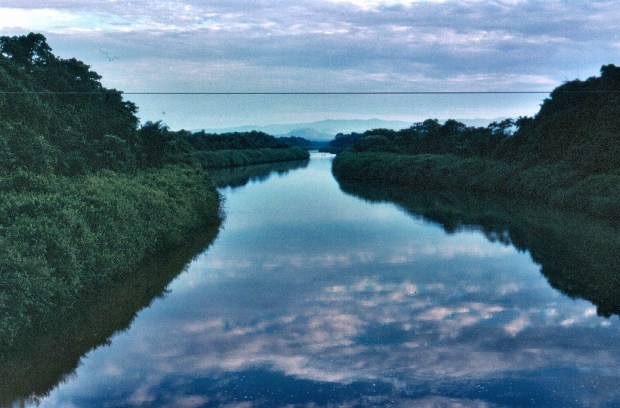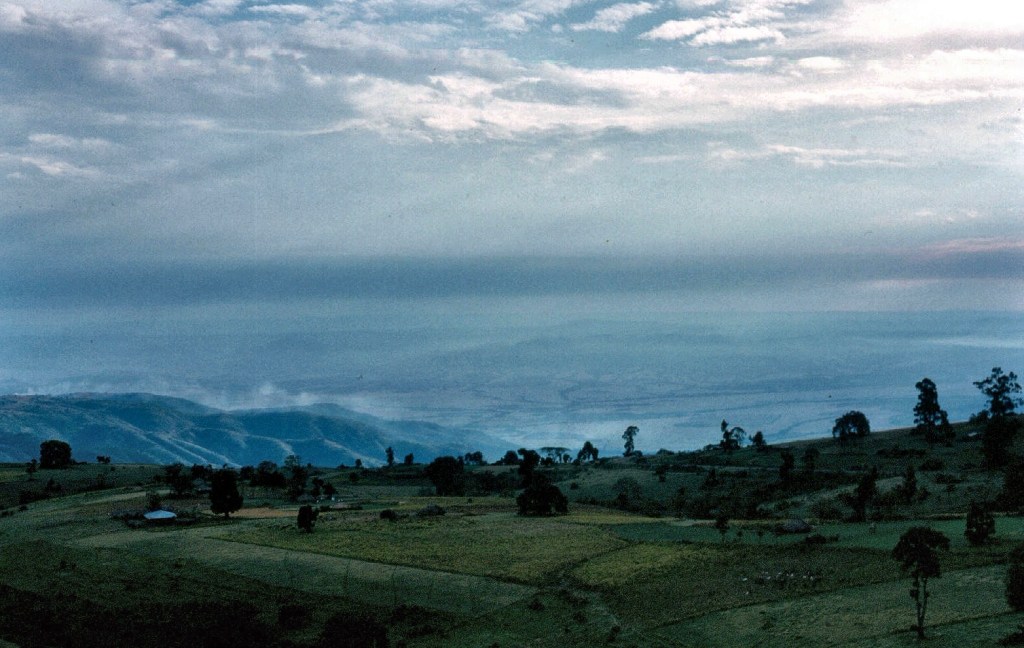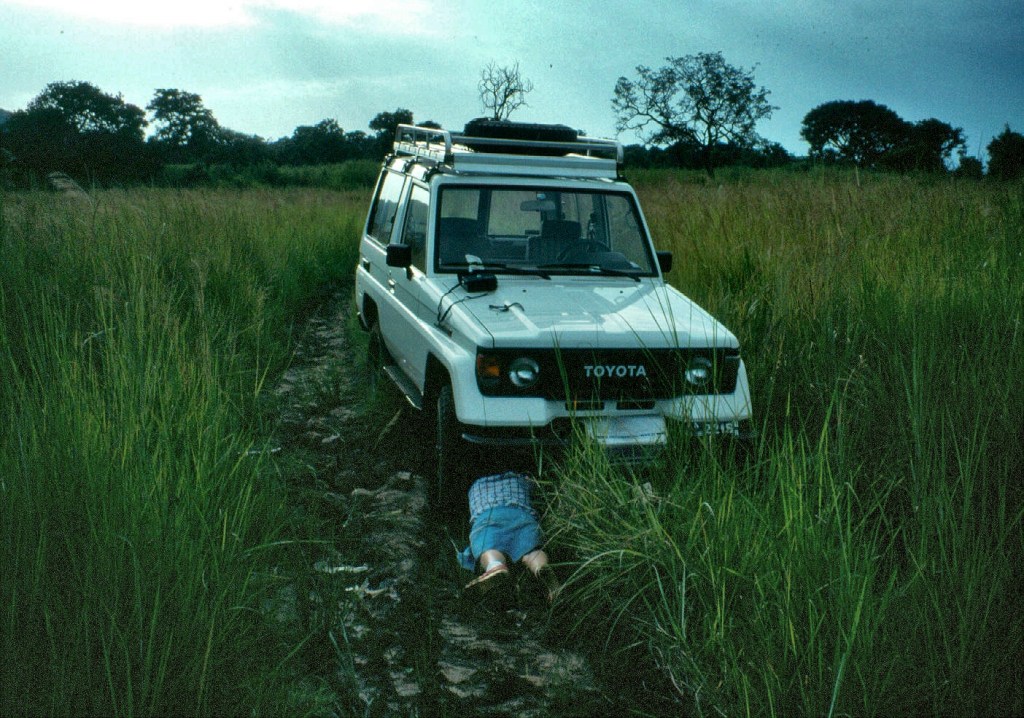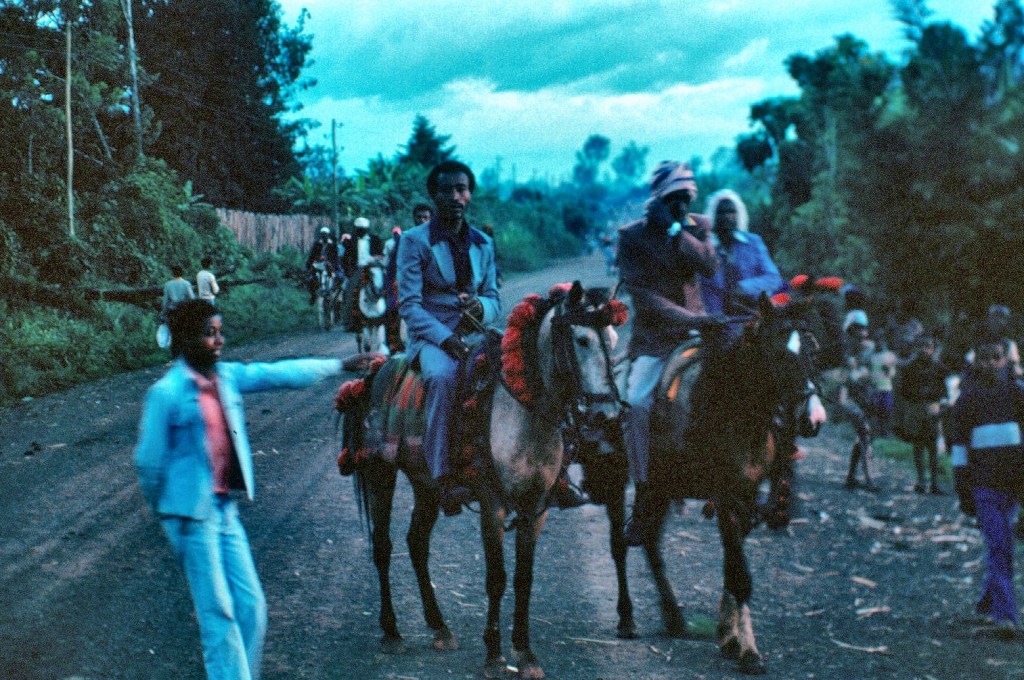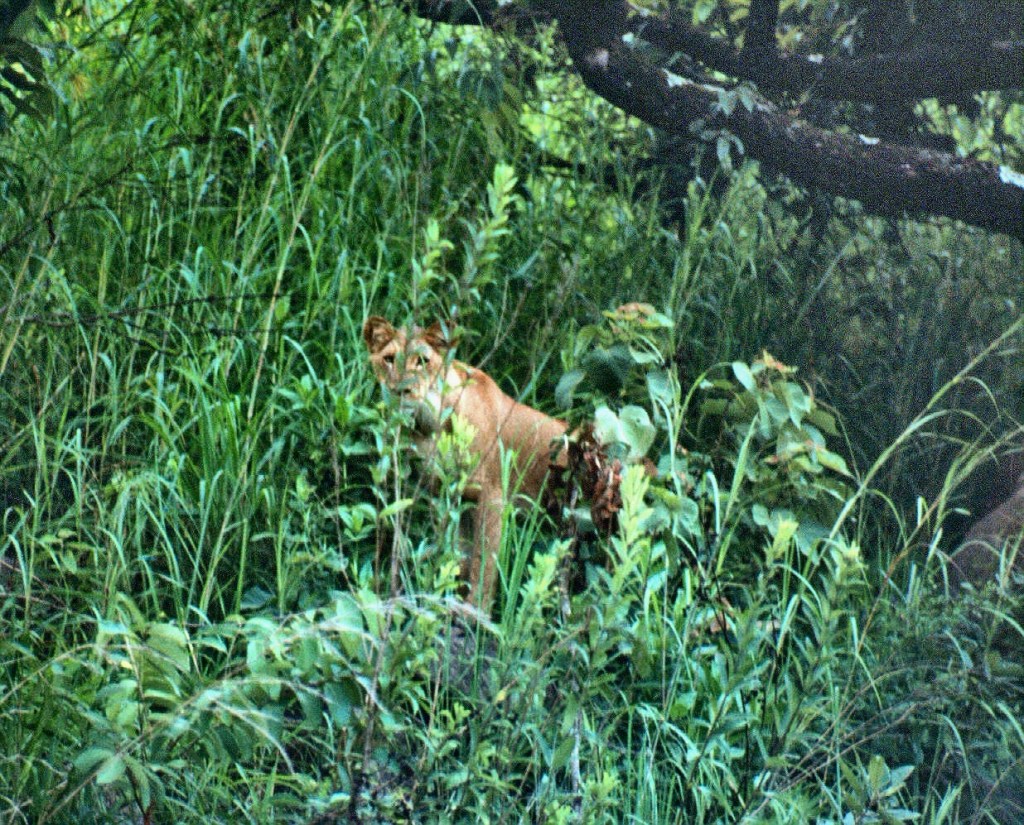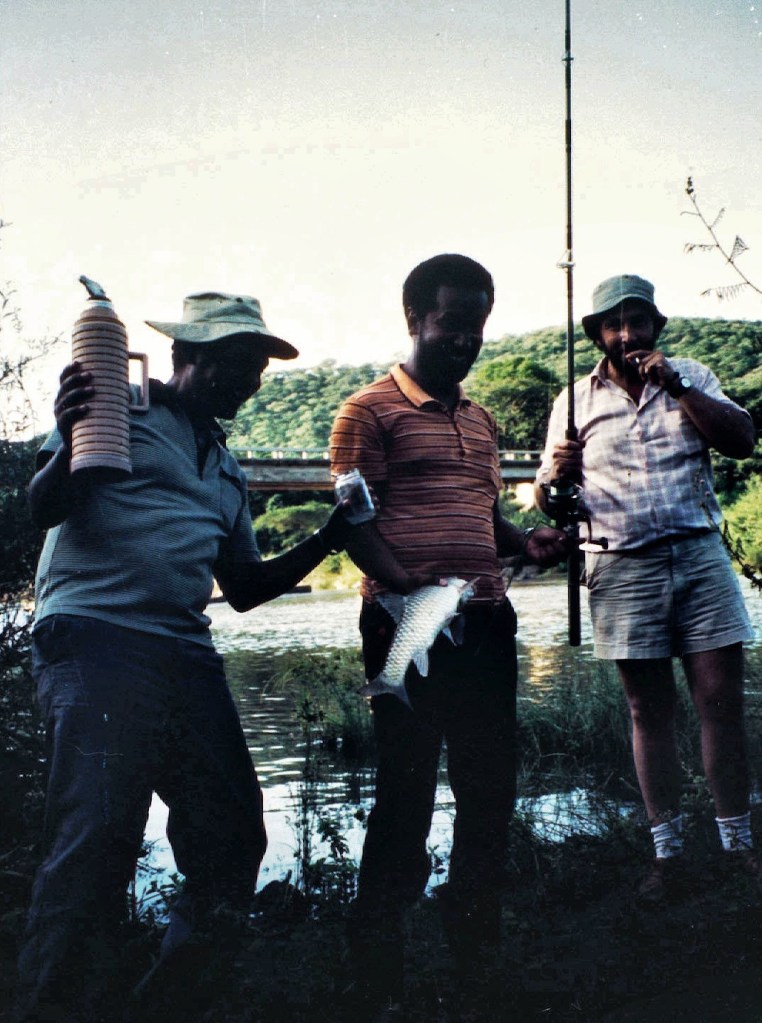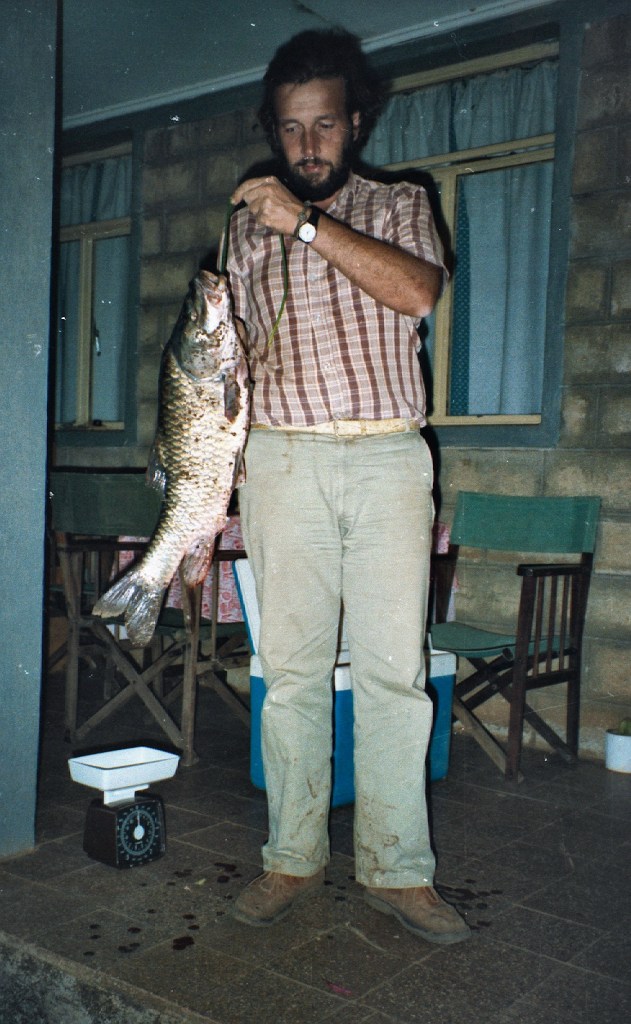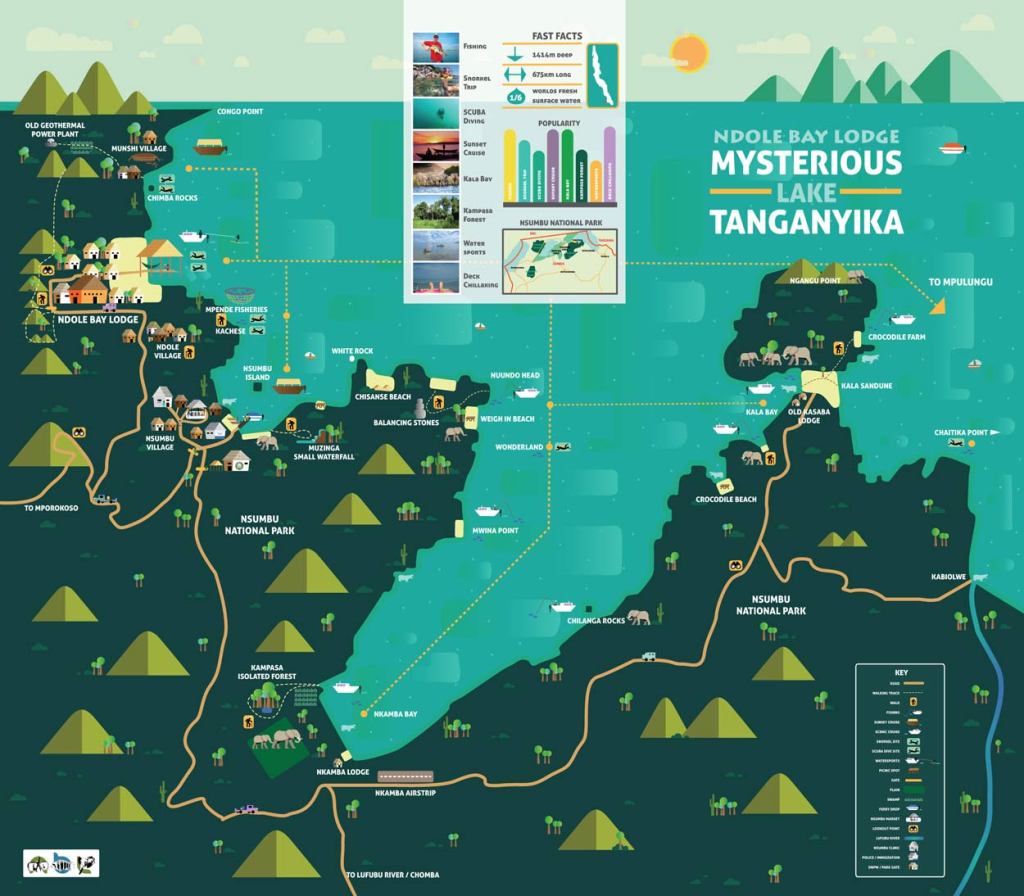
After breakfast, we noted that the lodge employees congregated near the kitchen and that they were attentively listening to the manager. After a while, a heated discussion started. Apparently, it had something to do with the wages although we did not follow the deliberations with any attention.
We had already made up our minds to explore other accommodation located in the area and Anders had already gone to search for a better alternative. The ongoing mutiny had only reaffirmed our desire to leave. All we could do now was to wait for Anders, so we decided to spend sometime in the beach.
A couple of hours later Anders returned with good news. The Nkamba Lodge, sited about two hours from ours, at the Nkamba Bay, was a great looking place. Luckily, they had accommodation and Anders had already booked the last four rooms available, starting from that day! We quickly left the beach, packed and, after saying our farewell to the Manager and staff, we all climbed in the pick-up and departed. From now on, the other guests at the lodge would need to do their own fishing to survive!
Nkamba Lodge was built on higher ground and, at least for us at the time, it was a very beautiful and comfortable place that offered a magnificent view of the lake where we could see fishing boats moving in its clear waters.
The lodge was well run and that offered game viewing and Nile Perch fishing as its main attractions. What did we need! The lodge was in the Sumbu National Park where the rare Sitatunga and the Blue Duiker are found although we did not see them. We had spotted zebra and wildebeest from the car and we were told that lots of animals frequented the beaches, including Buffalo and, occasionally, Elephant, Lion and Leopard.
We also learnt that this side of the lake was teeming with Crocodiles –some up to six metres in length- so swimming was obviously not advisable and we tried hard to forget that we had been doing this for the last three days at the other lodge! We were also informed to “beware” of the Hippos that often emerged at night around the lodges on grass mowing duties. Birdlife was also plentiful and, apart from the spectacular Fish Eagles, we saw Skimmers and Spoonbills. We were also told that Palm Nut Vultures and Pel’s Fishing Owls were also occasionally seen but we were not lucky enough to spot either.
We decided that, apart from lounging in the pool and beach we could try our hand at fishing so the next morning, Anders, Bruno, and I departed before sunrise aiming towards the open lake where we were informed our chances were best, both of fishing and finding strong winds. Our skipper was the teenage son of the lodge Manager. The peace of the early morning was –regrettably- broken by the annoying sound of our outboard and the waves we created cut through an otherwise mirror-like lake surface.
We reached the chosen spot in a few minutes and started to fish for bait. This consisted in catching the Tanganyika Sardine (Limnothrissa miodon), locally known as kapenta. A small fish that rarely gets larger than 11 cm and that migrates vertically in the lake at different times during the day and night. It is fished by throwing a deep line with several hooks and subsequently pulling hard to foul hook them. If you are lucky –or hit a good shoal- you get several at once, if not, it can be hard work. Anders immediately became a “kapenta terminator” and supplied us with all the bait we required.
Once we had accumulated enough bait we moved to a spot where the large Nile Perch were known to live. There we baited large hooks fitted with steel trace and we threw our lines deep and waited. Not much happened and then we moved to another place where, again, our kapenta offers were ignored. Seen that we were getting rather impatient our skipper said: “I will call the fish” and without further explanation, removed his t-shirt and jumped into the lake!
Horrified, we watched him swim a few metres away from the boat while, aware of the six metre crocs that were supposed to be present, our eyes immediately started looking for water ripples that would indicate that one was coming. Our skipper stopped at about five metres from the boat and proceeded to repeatedly hit the water with both arms, splashing vigorously. He did this about ten times and then swam back very fast to the boat. Once onboard he explained that the technique worked for both Nile Perch and crocs, hence his fast swim back! It was clear that he had done this before but we declined to perform the attraction manoeuvre ourselves when he suggested it!
After a few minutes his trick seemed to work as Anders -again- got a mighty pull and our first –and only Nile perch- emerged. Not as large a monster as we expected but a rather babyish fish of about 5 kg that did not do much apart from letting itself being brought to the boat and immediately released as it was considered too small for the pot.
Soon it was lunchtime and, as we had no more bites, it was unanimously decided that it was time for a dip in the pool, a good lunch, and some resting on the beach. We agreed to return in the afternoon as both Bruno and I wanted our fish as well.
We went out again at about 16hs when the heat of the day had lessened and this time we saw a few large crocodiles so our skipper did not perform the earlier trick again! Perhaps because of that, we did not catch anything.
We started our return after sunset and then our engine stopped! All attempts at repairing it failed and we got stranded almost at the mouth of the bay. Although our skipper assured us that his father would come to our rescue, it was a weird feeling being alone in the lake with no lights and aware of being surrounded by large crocs so we kept our hands clear from the water. Luckily, Anders produced the brilliant idea of firing the flash of his camera at regular intervals and, after a while, we started hearing a boat engine that preceded the arrival of the lodge owner who towed us back to safety.
The following day we were due to catch our weekly flight back to Lusaka from Kasaba Bay while Anders and Birgit would continue with their Tanzania leg of their journey.




